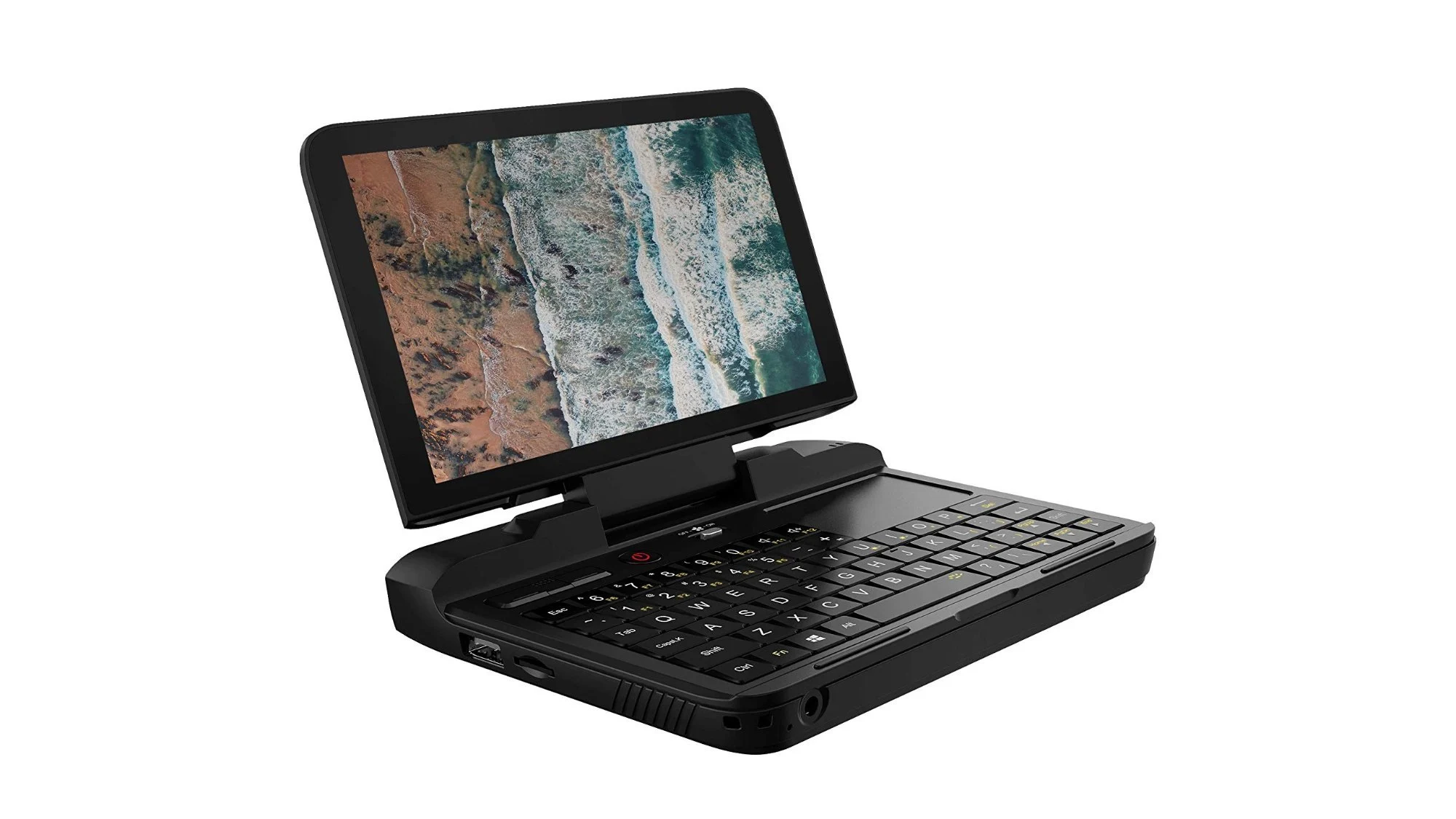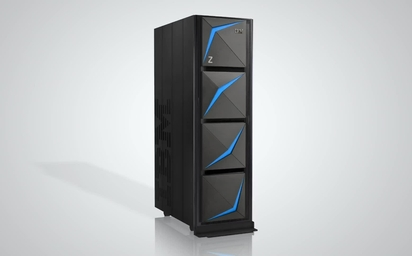Mini Computers and Mainframe Computers
Introduction
In the world of computing, there are a range of computer systems available, from small, inexpensive personal computers to large, complex enterprise systems. Two categories that lie between these extremes are mini computers and mainframe computers. Though related, these two types of computers have some distinct differences in their capabilities and use cases.
What is a Mini Computer?
A mini computer, sometimes called a midrange computer, is a moderate-size and moderate-capability computing system. Here are some key defining traits of mini computers:
 Processing Power: More powerful than personal computers, less powerful than mainframes. Mini computers typically support multiple concurrent users and run at supercomputer speeds.
Processing Power: More powerful than personal computers, less powerful than mainframes. Mini computers typically support multiple concurrent users and run at supercomputer speeds.- Physical Size: Mini computers are larger than personal computers but smaller than room-sized mainframes. They often stand alone but can be rack mounted.
- Cost: More expensive than personal computers but cheaper than mainframes, ranging from 25,000 to 500,000.
- Applications: Common applications include complex analytics, database management, networked information sharing, storage, and scientific computing.
Some examples of well-known mini computer systems, past and present, include DEC PDP-11, Data General Nova, and Hewlett-Packard’s HP 3000 series. These flexible, scaled-up computing systems meet more demanding processing requirements than personal computers.
What is a Mainframe Computer?
If mini computers represent a middle ground, mainframes sit at the top in terms of computing power and capabilities. Key features of mainframe computers include:

- Processing Power: The fastest and most capable processing systems available, able to handle massive transaction volumes and support thousands of concurrent users.
- Physical Size: Mainframes are very large computers that often occupy entire rooms. Modern systems can be consolidated into server racks and cabinets.
- Cost: With price tags over 1 million, mainframes represent major IT investments. Operating costs are also high.
- Applications: Managing core business transactions and data for major corporations and government agencies. Common uses include transaction processing, enterprise resource planning, data warehousing, and high performance computing.
Some famous mainframe computer families over history include the IBM System/360 line first launched in 1964, along with more modern systems like the IBM zSeries. Their scale and reliability enable mainframes to anchor the IT infrastructure of global Fortune 500 companies to this day.
Now, understanding this concept is simple and entertaining for Hasons. Using the Hason website you can always stay one step ahead in your job, business, or studies by purchasing New Age Desktops and All in One Desktops, i3 Intel Core Processor Desktop starting from 15000/-. Monitors, CPUs, and Gaming Desktop are also available. Register on Hasons and order your Tech Partner Now. Get exciting offeNrs and benefits on your every purchase. Contact us so our support team can guide you in purchasing the right Tech Partner.
256SSD 16GB Desktop With Processor Intel Core I5 Gen 10400/ Chipset Series H410 (Windows 10 Pro/1TB HDD/256ssd/DDR4-16GB/Wired Keyboard, Mouse/ Black), Screen 21.5
SHOP NOW
Mini Computers vs. Mainframes Comparison
While both mini computers and mainframes represent larger-scale, more robust computing options than personal computers or servers, they differ substantially in their capabilities and use cases.
| Parameter | Mini Computers | Mainframe Computers |
| Processing Power | Stronger than PCs but weaker than mainframes | The highest processing power available |
| Cost | $25k – $500k | Over $1 million plus high operating costs |
| Physical Size | Larger than PCs but smaller than rooms | Very large, often occupy entire rooms |
| Typical Applications | Analytics, databases, scientific computing | Enterprise transaction processing, data warehousing |
| Concurrency | Supports multiple concurrent users | Supports thousands of concurrent users |
| Reliability | Designed for good uptime and reliability | Extremely high uptime and reliability over decades |
In summary:
- Processing Power: Mainframes are much more computationally powerful – they anchor mission-critical enterprise infrastructure supporting thousands of concurrent users. Mini computers serve a lighter-duty mid-range role.
- Cost: Mainframes and accompanying enterprise software represent a far higher upfront and ongoing IT investment.
- Physical Size: Mini computers are substantially smaller systems designed for standalone operations rather than room-scale computing.
- Applications: Mini computers meet a range of analytical and departmental computing needs. Mainframes manage immense transaction volumes across entire corporations.
- Reliability: Both systems aim for good uptime, but mission-critical mainframes take this to an extreme – remaining in continuous operation for decades.
So in essence, mainframes are in a separate class of high-end computing above mini computers. While mini computers themselves represent scaled-up capability and concurrency vs. personal computers, mainframes operate several orders of magnitude above them all.
Mini Computer and Mainframe Use Cases
A mini computer could meet a range of robust departmental computing needs:
- Managing airline reservations systems
- Logistics and scheduling optimization for trucking fleets
- Database systems for insurance firms
- Running lab information management systems at hospitals
- Hosting retail chains’ point-of-sale systems
- Scientific research computing and analytics
Whereas mainframes typically anchor the most vital IT systems across sprawling multinational corporations:
- Transaction processing across retail store networks
- Supply chain management systems for manufacturers
- Global financial services exchanges
- Public sector tax systems
- Air travel and hotel reservation systems
- Telecommunications routing infrastructure
- Health care patient record databases
- High performance computing applications
This demonstrates how mainframes host broad enterprise applications where millions or billions of transactions occur around the clock globally. Mini computers fill an important mid-range niche across major departments, but mainframes remain in a class of their own for sheer scale and resilience.
Conclusion of Mini Computers and Mainframe Computers
We’ve just explored the key differences between mini computers and mainframe computers. To summarize:
- Mini computers provide powerful and versatile mid-range computing solutions for SMBs and departments at an affordable cost.
- Mainframes sit at the apex of throughput, scalability, security, and reliability to handle massive enterprise-wide workloads.
So while mini computers democratize robust computing for smaller organizations, mainframes remain the undisputed leaders for tier-one multinational corporations running mission-critical workflows. Both classes of computers continue to advance alongside modern technologies like cloud computing, Primary Memory.
Understanding the distinction between mini computers and mainframes allows you to make informed infrastructure decisions for your organization’s needs. And remember the mainframe mantra – “No one ever got fired for choosing IBM!”
| If you are reading Mini computer and Mainframe computer then also check our other blogs on various blogs: | ||||
| Difference between Mainframe computer and Personal computer | ||||
| Mini computer | Advantages and Disadvantages of Mainframe computer | |||
Minicomputers and Mainframe Computers
